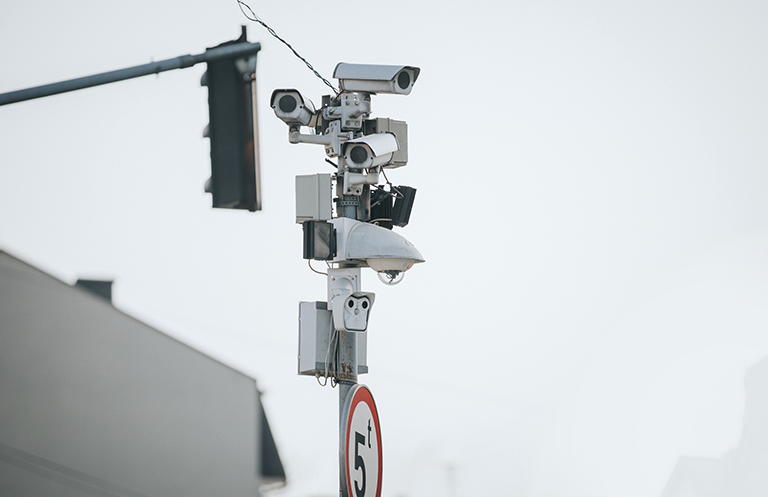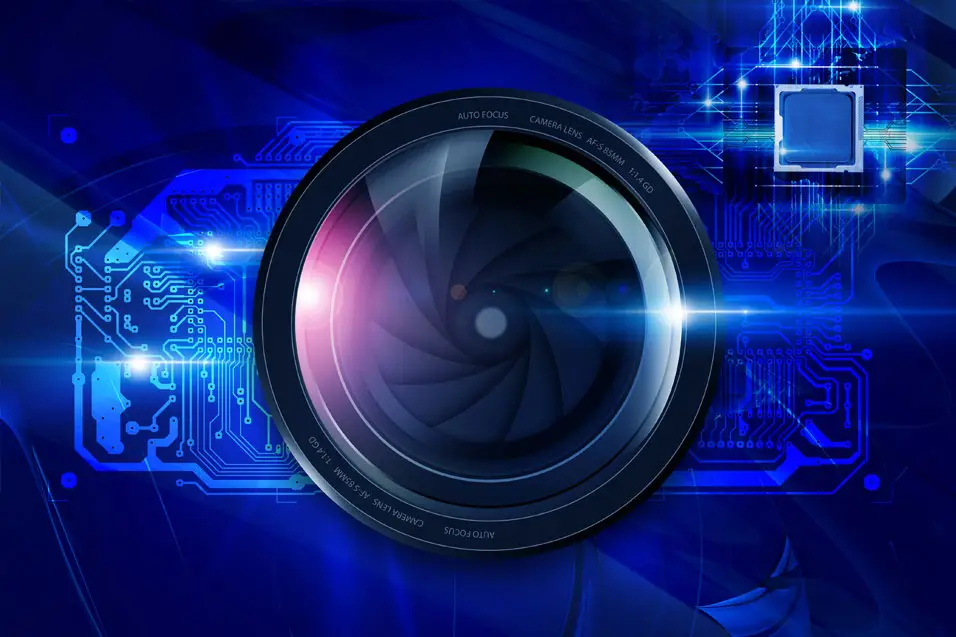Introduction
The Industrial Internet of Things (IIoT) has evolved significantly in recent years, revolutionizing the manufacturing and industrial sectors. As we move into 2025, a multitude of emerging trends and forecasts point to a promising future for IIoT, with advancements in technologies like Artificial Intelligence, Machine Learning, and 5G network capabilities driving unprecedented possibilities.
Below are the top IIoT trends of 2025 and how they are shaping the future of industries.
Top IIoT Trends to Look for in 2025
1. Private 5G Networks
Private 5G networks are a major factor in the development of the IIoT. Many manufacturers are already building private 5G networks on top of their smart factory floors, in collaboration with the telecommunications companies.
For instance, a leading mobile telecommunications company partnered with a 5G service provider to automate factory-grade precision screwdrivers that require routine calibration and lubrication over time. With IIoT devices connected over 5G, the company was able to replace an inefficient, manual process, and cut the overall workload by 50%. A real-time motion sensor was fitted to each precision tool and connected to an NB-IoT module. This data is transmitted via the company’s cellular IoT network that is connected to the company’s private Cloud and back-end servers that automatically calculate trends and perform intelligent analyses.
2. Fog Computing
While cloud computing remains crucial for IIoT connectivity, fog computing offers an additional layer of intelligence at the network’s edge. By relocating data processing and analysis closer to the industrial equipment, fog computing enables real-time control, improved security, and increased responsiveness. As manufacturers seek to optimize their operations, fog computing is poised to become a standard practice in the IIoT landscape.
3. Digital Twins
The concept of a digital twin is to envision a physical asset, such as equipment, a device, process, or product, as a virtual representation. Although digital twin technology has been available for quite some time, it is continually evolving. The implementation of digital twins allows organizations to create real-time, online representations of what’s happening.
4. The Smart Factory
The convergence of these IIoT trends, combined with the widespread adoption of 5G and other enabling technologies, is paving the way for the realization of the smart factory. In 2025, the smart factory concept is expected to become more prevalent, with seamless integration of data, automation, and intelligent decision-making across the entire manufacturing ecosystem.
5. Predictive Maintenance
Using IIoT data for predictive maintenance is another trend that continues to grow. It’s no secret that early adopters have used IoT solutions for asset management tasks. Thanks to AI applications, AR, and digital twins, this application is rapidly expanding.
By using sensors in line with analysis software and machine learning algorithms, predictive analysis can be performed to predict problem areas and identify necessary repairs before a failure occurs. We can quickly identify the errors by measuring variables such as the vibration, temperature, ultrasound, and electromagnetic emissions from the machines, product flow, and other important components in real-time.
6. Cybersecurity
The number of connected devices and the reliance on wireless technology increases in industrial settings, the need for robust cybersecurity measures becomes paramount. Manufacturers must prioritize the protection of their systems and data to mitigate the risk of cyber threats.
The extensive level of connectivity that we are now experiencing has highlighted the continued threat posed by unsecured connected devices and objects. As a result, security has emerged as a key concern in the IoT domain, and various businesses are developing IoT security solutions utilizing diverse technologies.
Conclusion
The Industrial Internet of Things is poised to play a transformative role in the manufacturing industry in 2025 and beyond. From condition monitoring and predictive maintenance to enhanced health and safety measures, these top IIoT trends demonstrate the industry’s commitment to innovation, efficiency, and sustainability. By embracing these advancements, manufacturers can optimize their operations, improve productivity, and stay ahead of the competition in the rapidly evolving industrial landscape.












